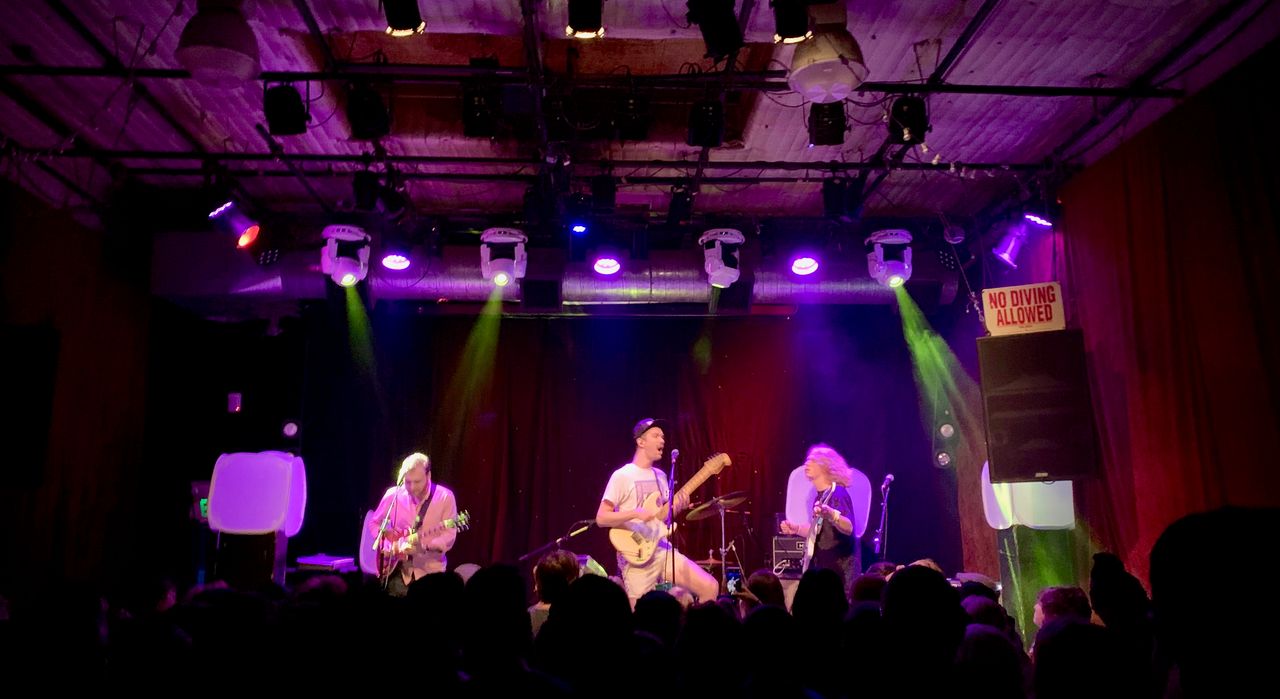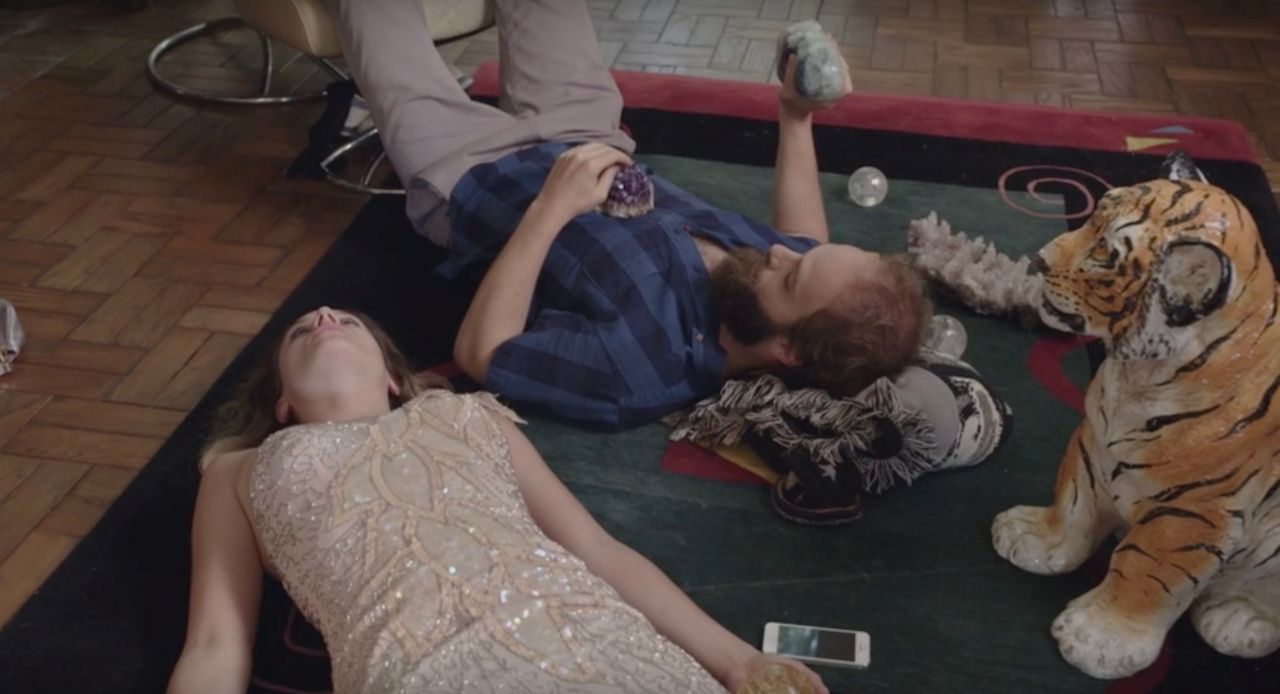Recently
I missed October’s Recently, not for any reason in particular but that I want to focus on hill reviews and more substantive posts. Plus, I think these work a little better when there’s a lot in them. So, here we go.
Reading
I got into a bit of a rut with books, starting a few that didn’t hold my attention and trying to read too many at the same time. I didn’t like Against Charity because it was vague and lacked a constructive vision, and didn’t like Principles because it vastly missed its goal of being a ‘decision-making framework.’
But I think I’m back on it, and I’ll probably finish a few books before the end of the year, making this my highest reading year yet. It’s also already my highest-mileage year for running. These things have increased, but a few things have definitely been lower this year, so far: I haven’t been pushing as much code on GitHub over the weekends, and I’ve only recorded a few songs so far. Some things that my life naturally included in the past, like how easy it is to record a song when you’re practicing with a band four nights a week, well now they need a little structure to work.
Anyway, I’ve been working through my Instapaper queue, and here are some highlights.
Reading about perception
A new sort of functional font made the rounds this month: Sans Forgetica. I ranted about this a bit on Twitter. To summarize, I think the font’s marketing, reception, and buzz represents a lack of scientific literacy and a harmful susceptibility to ‘assistive technologies’, by the set of people who consider themselves to be rational. The font’s website offers zero detail about research methodology, and it was funded by a marketing company, a fact only mentioned on a staff page and nowhere in the marketing.

This led down a bit of a rabbit hole: considering that the hyped dyslexia fonts ended up being bogus, that they inspired false hope in children and adults who would be much better helped by traditional science-based approaches. One can certainly imagine that future for Sans Forgetica, in which the follow-up research fails to quantify any effect, but it has already spread to Chrome Extensions and become a stock option in educational software.
The risk is that people waste their time on a solution that doesn’t work, instead of using heavily-studied, non trick strategies for learning. But it doesn’t seem like anyone cares about this risk. You can see NPR interviews, and just an unending stream of glowing articles that restate the main “A font that helps you remember” tagline in everything from Popular Science to Inc Magazine. It’s an extremely successful marketing experiment.
But, more generally, it dug up the idea of quantifying perception as a whole. I spent some time years ago collecting perception research as it pertains to information visualization, and found that, well, an astounding number of popularly-cited studies were eventually invalidated. It’s just really, really hard to say anything fully true about the brain.

And then read about the army’s camouflage patterns, which were also chosen by commanders for aesthetic reasons but also supported by research, until they weren’t and that research turned out to be mostly bunk. Or the same with Clearview, the font for highway signs that was supposed to be easier to read, but it turned out that it wasn’t, and people were mostly just benefiting from new signs, not a different font.
Which also connects to that book I didn’t like - Principles by Ray Dalio. One of the sections I especially didn’t like is when talks about consulting with top psychologists and then acquiring a wildly reductive model of how the brain works, complete with a sort of ‘higher brain / lower brain’ distinction that mostly serves to glorify his particularly ‘stoic’ style of decisionmaking.
Which, anyway, led me to email the Sans Forgetica team. They noted that the research is still ‘in its infancy’ and that there will be an academic paper written, though that work hasn’t started yet. They confirmed the sample sizes - 96 students for an in-person test, and 303 for an online experiment: rather large sample sizes, though notably restricted to Australian college students. And, it’s hard to tell if it’s just an effect of messages lost in re-transmission, but many of the articles about the font only note the combined number of test subjects. There’s one interview in Teacher Magazine that’s more substantive than the rest.
Anyway, I retain a healthy skepticism about this particular technology - one that I’ll lay to rest if it’s validated by future studies, but even then the pushing of a ‘solution’ so hard, with such a flashy website, only two weeks after the initial research results were finalized, well, it feels like a misuse of the scientific aesthetic and an easy way to waste everyone’s time if the results aren’t corroborated.
That wasn’t all I read this month. The Internet with a Human Face is one of my all-time favorite conference talks, so I re-read the notes and it holds up. On Outgrowing David Foster Wallace hit me hard, even though my ‘DFW’ phase was in my mid-20s. Andrew Gelman’s takedown of David Brooks over Brooks’s inability to accurately state any fact was pretty enjoyable, and its core question bears repeating: why does a paper with such a stated dedication to the truth keep someone around who doesn’t seem to care about it? Gelman’s take on Pacific Garbage Cleanup efforts is also compelling.
To make more connections here - and I guess the more I stuff into Recently, the more connections arise (synergy! 💼), the common spot between Sans Forgetica and the Pacific Garbage Cleanup is that they are perfected LinkedIn content. They put forth an unsolvable problem, a simple-sounding, visually-compelling, well-marketed solution, and say here you go: get inspired. It’s just Compost-Fueled Cars wouldn’t that be great?, but it’s not a joke, somehow. Maybe plenty of people scroll past these things in their LinkedIn feeds, along with people’s posts about how much they love their jobs, and they think well that doesn’t seem right, but to comment and ask basic questions like ‘why wouldn’t we filter garbage at the source’ would ruin the vibe.
Listening
I saw the Dodos live at the The Independent this month. Their musicianship was incredible, and the new album was released that morning. I think the new album is tricky to execute live and it was their first attempt - but the recorded version is superb. It has hints of bass-forward tricks like Spoon’s cover of Don’t You Evah, has that open high-hat at the end of measures like The Internet’s incredible ‘Dontcha’, and just a well-executed schtick.

I also saw Darwin Deez at the Rickshaw Stop. The shows I saw this - Dodos, Shellac, Darwin Deez, Buke and Gase - attracted very different audiences, and this one was really heavy on ‘young couples’. As far as I can tell, Rickshaw Stop is generally the venue for teens, which matches with it being the first place I heard teen hit ‘Gold’ by Brockhampton between the sets.
Like a wide swatch of 30-somethings who listened to Broken Social Scene and that constellation of bands at some point, I dove into the new Metric album, starting with its lead Now or Never Now, but Love You Back got me even more, with its flowing chorus and just incredible use of Emily Haines’s vocal delivery.
I’ve been revisiting some of my back catalog, and this is a standout. It has some heavy overdrive moment that aren’t quite to my liking, but the creative composition from 2:00 is something you can’t find anywhere else.
I was exposed to Dan Deacon’s music in college but it was near the context of his raucous live shows and overall (at that point) goofy demeanor - a lot of people knew him via his voicing of Drinking out of Cups. But revisiting his music in the last few years, it seems sensitive and thoughtful in a really special way.
Watching

I saw Alien at The Castro Theater. It’s awesome.

Back during the first two seasons of Black Mirror, I would watch High Maintenance as a chaser, to keep myself from permanently settling into a dark mood. I’ve been rewatching it, and still think that it delivers something that no other show does: a human-positive viewpoint. Especially compared to Black Mirror, that often relies more on the evil natures in people than it does on technological perversion, or Bojack Horseman, that constantly flirts with moral equivalence and asks whether it’s even possible for people to be good, High Maintenance lets you like people, not as heroes or victims, just as people.